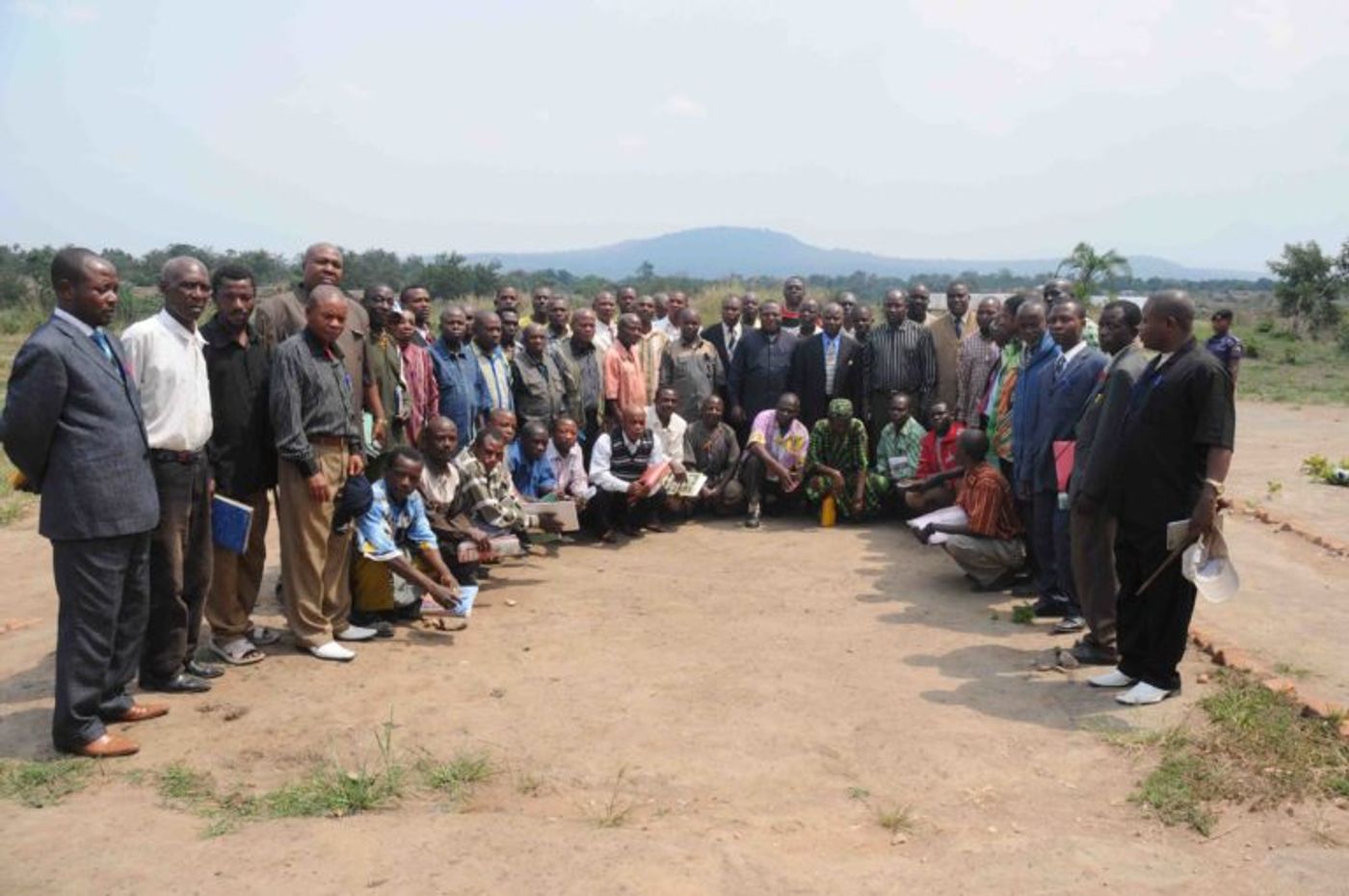Democratic Republic of Congo Creates New Nature Reserve
The governor of a province in the eastern Democratic Republic of Congo approved the boundaries of a 1,477-square-kilometer (570-square-mile) natural reserve, Kabobo, on Wednesday. By delineating the perimeter of the Kabobo Natural Reserve, the governor has laid the groundwork for the protection of the area, one that proponents say will continue to involve local communities around the reserve. Wildlife Conservation Society representatives said that the location of the reserve next to several other reserves will bolster the protection of many important animal species “Africa’s most biodiverse ecoregion.”According to Mongabay News, surveys of the Kabobo Natural Reserve put the number of land animals present at 558 and plant species at 1,410. Meanwhile, it was in this area in the 1950s that scientists first discovered Prigogine’s black and white colobus monkey (Colobus angolensis prigoginei).
WCS began working with the people around the Kabobo Massif in 2009. “There are at least 34 globally threatened species and 110 species endemic to the Albertine Rift region,” which stretches along the borders of DRC, Tanzania, Burundi, Rwanda and Uganda, said Andy Plumptre, WCS senior scientist, in the release.
Following News Wise, Kabobo is now one of three adjoining protected areas that safeguard some 2,683 square miles (6,951 square kilometers). It joins the recently established Ngandja Reserve (1,223 square miles or 3,170 kilometers) in South Kivu Province and the adjacent Luama Katanga Reserve (889 square miles or 2,304 square kilometers), which was established in 1954 as a hunting reserve. These three protected areas represent the largest block of forest on the shores of Lake Tanganyika and provide an important watershed for this lake and protection for breeding sites for the lake’s fisheries. A conservation action plan was developed for this landscape by the provincial authorities of Tanganyika and South Kivu with community leaders and WCS’s technical support and funding is being sought to implement this plan at the moment.
“The government of Democratic Republic of Congo, with the support of WCS, is moving ahead to establish 17 percent of our nation as protected as they had pledged, identifying and working with local communities to protect the most important sites for conservation,” said Richard Tshombe, DRC Country Director for WCS.
The protected lands form an area about 25 times larger than the neighboring country of Burundi at 6,951 square kilometers (2,683 square miles) and the creation of the Kabobo Natural Reserve is a step toward accomplishing DRC’s conservation goals, WCS said. Funding for the 7-year effort was also provided by the United States Agency for International Development, U.S. Fish and Wildlife Service, the Critical Ecosystems Partnership Fund, Rainforest Trust, the Arcus Foundation and the International Union for the Conservation of Nature.
Local leaders, including elders from Batwa pygmy groups, had a say in where the boundaries of the reserve would be. “The proof of local community support for the Kabobo Reserve can be seen in the way the people have protected it over the past [six] years as increasing security has led to people moving to the area to settle and farm,” Kujirakwinja said in the WCS statement. These communities will continue to be involved in co-managing Kabobo, as the day-to-day protection of the area is now set to begin.
“This is the first protected area to be established in the new Tanganyika Province,” said Governor Richard Kitangala in a statement released by the Wildlife Conservation Society, “and I hope it will be the first of several to come.”
Unfortunately, another park in the DRC, Kahuzi-Biega Natural Park, is facing threats.
Sources: Mongabay News, Rainforest Trust, News Wise










